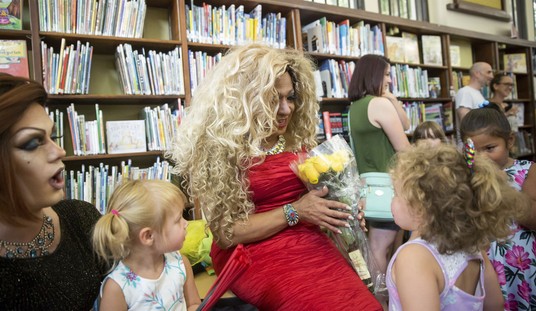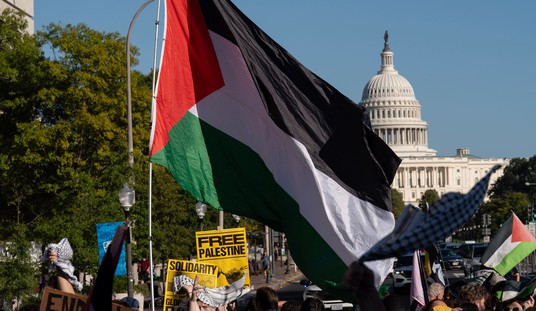Do you remember this story? Back in 2021 it was a huge story in Canada which quickly became international news. The NY Times covered it in a story headlined ‘Horrible History’: Mass Grave of Indigenous Children Reported in Canada."
For decades, most Indigenous children in Canada were taken from their families and forced into boarding schools. A large number never returned home, their families given only vague explanations, or none at all.
Now an Indigenous community in British Columbia says it has found evidence of what happened to some of its missing children: a mass grave containing the remains of 215 children on the grounds of a former residential school.
Chief Rosanne Casimir of the Tk’emlups te Secwepemc First Nation said on Friday that ground-penetrating radar had discovered the remains near the site of the Kamloops Indian Residential School, which operated from 1890 until the late 1970s.
“It’s a harsh reality and it’s our truth, it’s our history,” Chief Casimir said at a news conference. “And it’s something that we’ve always had to fight to prove. To me, it’s always been a horrible, horrible history.”
The CBC report on the story was very similar.
Preliminary findings from a survey of the grounds at the former Kamloops Indian Residential School have uncovered the remains of 215 children buried at the site, the Tk'emlúps te Secwépemc First Nation said Thursday.
The First Nation said the remains were confirmed last weekend near the city of Kamloops, in B.C.'s southern Interior.
In a statement, Tk'emlúps te Secwépemc said it hired a specialist in ground-penetrating radar to carry out the work, and that its Language and Culture Department oversaw the project to ensure it was done in a culturally appropriate and respectful way. The release did not specify the company or individual involved, or how the work was completed.
Of course it's not hard to understand why a story about a mass grave of children would become a huge international story. A subsequent story about six-weeks later clarified that the exact number of unmarked graves could be closer to 200.
Though preliminary findings in May indicated there could be as many as 215 potential burial sites, archeological reports about excavations and assessments done in the same area in the late 1990s and early 2000s prompted ground-penetrating radar specialist Sarah Beaulieu to revise that number down to 200.
She also said that number may go much higher eventually, since she surveyed only one hectare of a 65-hectare area and there is still forensic investigation and excavation work to be done.
"We will follow the evidence as it is disclosed," Casimir said. "We will follow the science while we pay heed to oral telling survivors share with us."
The response in Canada was an appropriate amount of sorrow for such a terrible story.
The news that remains were found at the former Kamloops residential school breaks my heart - it is a painful reminder of that dark and shameful chapter of our country’s history. I am thinking about everyone affected by this distressing news. We are here for you. https://t.co/ZUfDRyAfET
— Justin Trudeau (@JustinTrudeau) May 28, 2021
Truduea ordered flags flown at half mast where they remained for the next six months.
Canadian Prime Minister Justin Trudeau set the tone of the public response on May 30, 2021, by ordering Canadian flags to be flown at half-mast on all federal buildings, so as to honour the “215 children whose lives were taken at the Kamloops Residential School.”
It has been nearly three years since those initial reports, and yet, in all that time, no evidence has turned up of a single unmarked grave at the Kamloops Indian Residential School or other sites where similar claims of unmarked graves were made. A pair of authors wrote a book about the case, calling it a social panic.
It’s now been almost three years since the story first broke. During that time, no formerly unknown graves have been found at any of the locations identified by GPR scans, Kamloops included. Most of these “soil anomalies” have not even been excavated, and so what, if anything, lies beneath the surface remains unknown. In the few cases where excavations have taken place, no burials related to Residential Schools have been found.
Most recently, the Minegoziibe Anishinabe First Nation in Manitoba undertook a four-week excavation of the basement of a church built on the site of the Pine Creek Residential School. Notwithstanding local lore about secret burials that had taken place, the Chief announced that careful work by archaeologists from Brandon University had turned up no remains...
It’s hard to see this movement as anything except a sort of collectively experienced bout of national political madness—one that, almost three years later, Canadian public figures still have failed to directly reckon with, presumably because doing so would require them to admit their own complicity in amplifying the original hysteria.
The story about a mass grave may turn out to be unfounded but the impact of those stories is real. Dozens of historic churches have been vandalized and burned to the ground in response to these stories. CBC did a report on that trend in January.
Update: This is from 10 months ago. CBC News was reporting on "residential school denialsim" and the possibility that such denialism could become a crime in Canada.








Join the conversation as a VIP Member